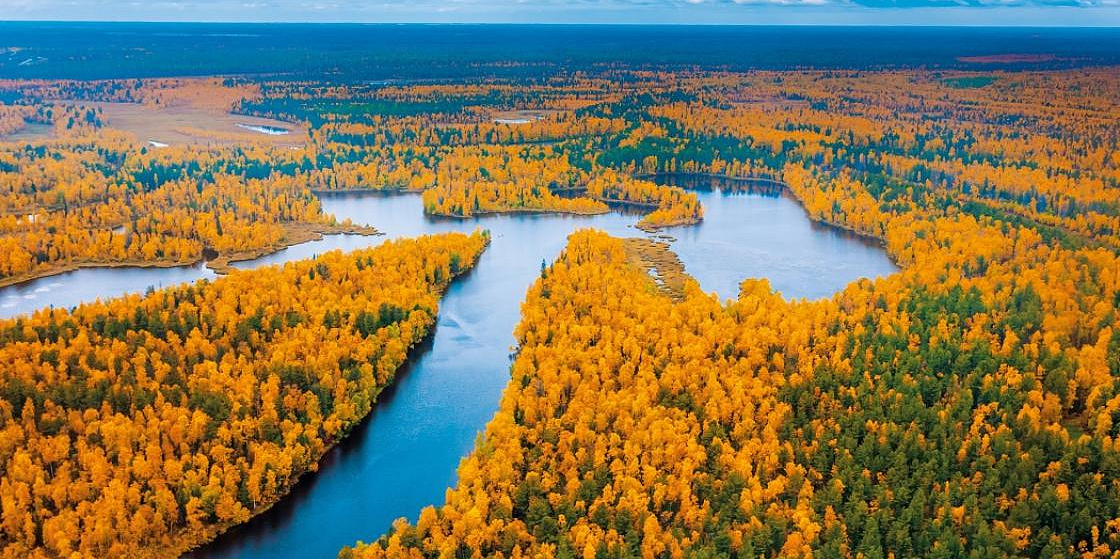
Photo: Golovin Georgiy/GeoPhoto.ru
Monitoring Systems Responding the Climate Change Challenge in the Arctic
On 6 September, the first climate monitoring satellite of the Arktika-M series was formally commissioned. The satellite designed and made by Lavochkin Association was launched this February. It is tasked with performing a range of climate monitoring operations in high latitudes with a special focus on Arctic territories. The next satellites of this series are expected to be launched in 2023-2025. Data gathered by the satellite constellation will help us better understand how the processes of climate change affect the High North.
On 7 September, the Siberian Branch of the Russian Academy of Sciences presented a newly designed permafrost map. The purpose of the map is to adapt the infrastructure and new projects in the Russian Arctic to a new reality shaped by permafrost thawing. The map will enable forecasting the speed of permafrost thawing and help determine what locations are not suitable for building.
Permafrost monitoring is crucial for sustainable development in the Russian Arctic. As President Putin stated at the recent Eastern Economic Forum, addressing the issue of climate change should be one of Russia’s top priorities. To this end, a comprehensive system for monitoring permafrost should be designed and deployed as soon as possible.
One of PORA’s priority projects in this field is Not-So-Permanent Permafrost. As part of this project, a website on permafrost studies and best practices in industrial design and construction in the Arctic will be launched.
Joint efforts by the government, big business, researchers and the expert community can improve the country’s resilience in the context of climate challenges facing the High North.
On 7 September, the Siberian Branch of the Russian Academy of Sciences presented a newly designed permafrost map. The purpose of the map is to adapt the infrastructure and new projects in the Russian Arctic to a new reality shaped by permafrost thawing. The map will enable forecasting the speed of permafrost thawing and help determine what locations are not suitable for building.
Permafrost monitoring is crucial for sustainable development in the Russian Arctic. As President Putin stated at the recent Eastern Economic Forum, addressing the issue of climate change should be one of Russia’s top priorities. To this end, a comprehensive system for monitoring permafrost should be designed and deployed as soon as possible.
One of PORA’s priority projects in this field is Not-So-Permanent Permafrost. As part of this project, a website on permafrost studies and best practices in industrial design and construction in the Arctic will be launched.
Joint efforts by the government, big business, researchers and the expert community can improve the country’s resilience in the context of climate challenges facing the High North.
8 September 2021




